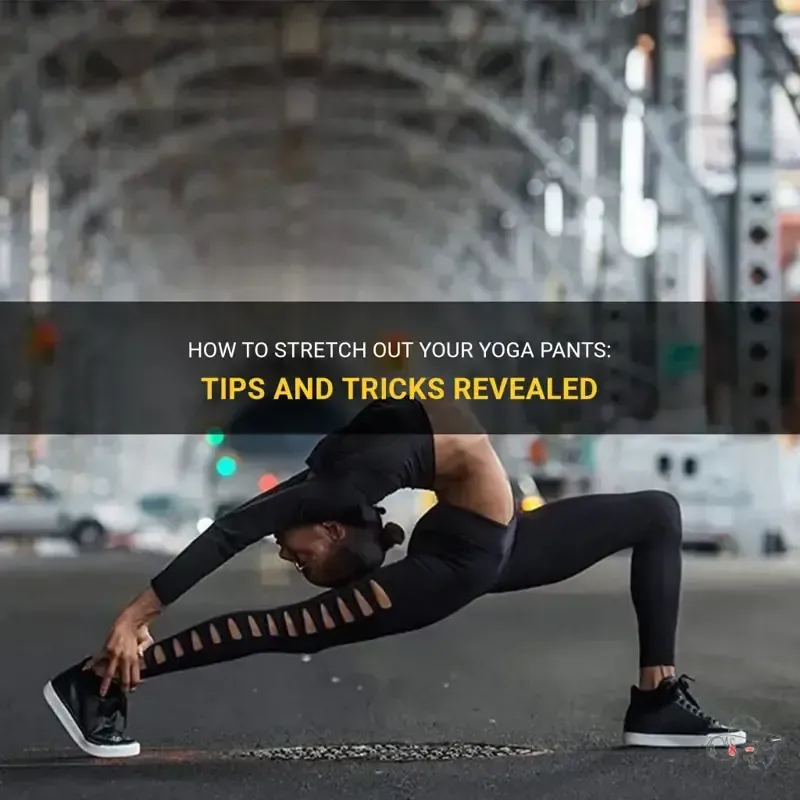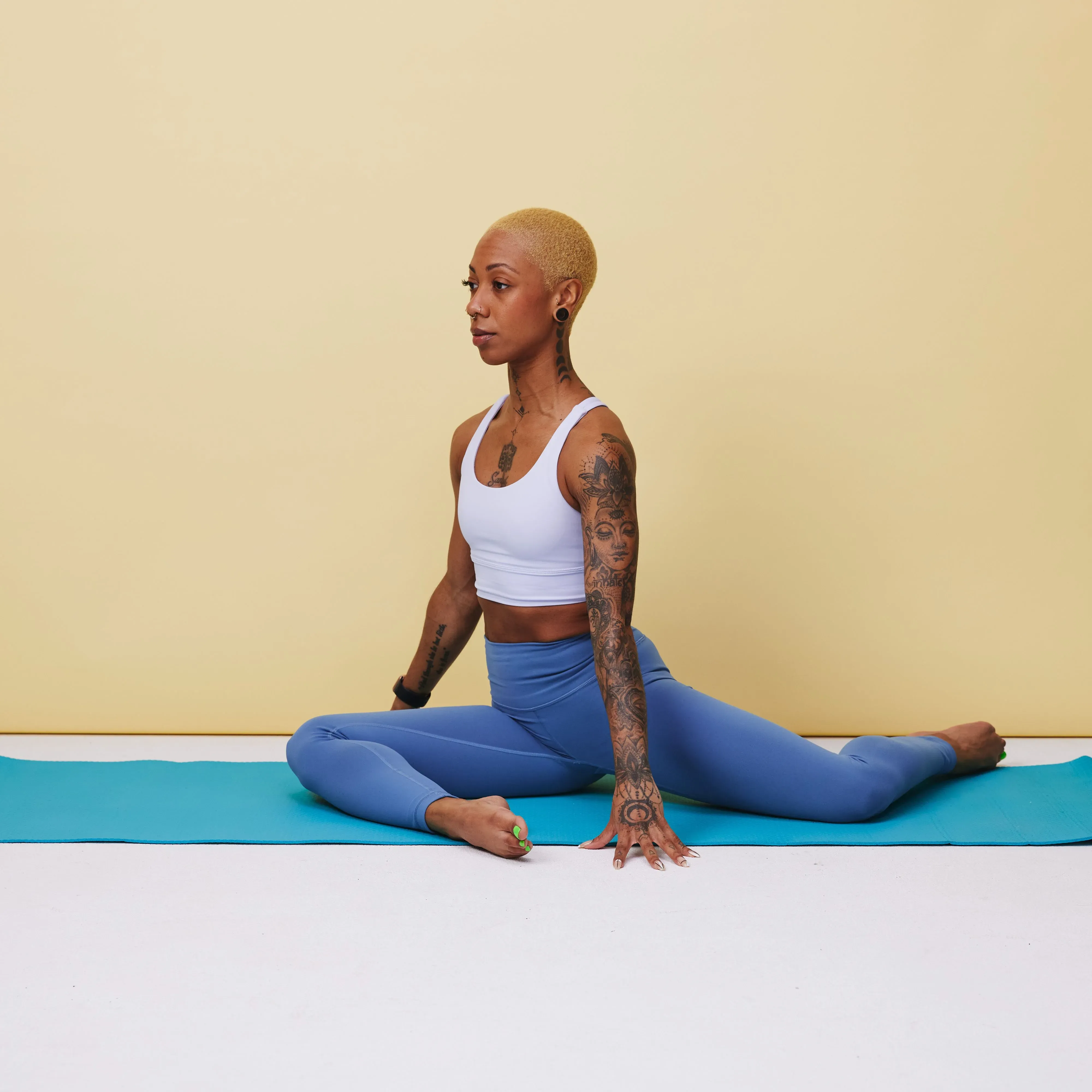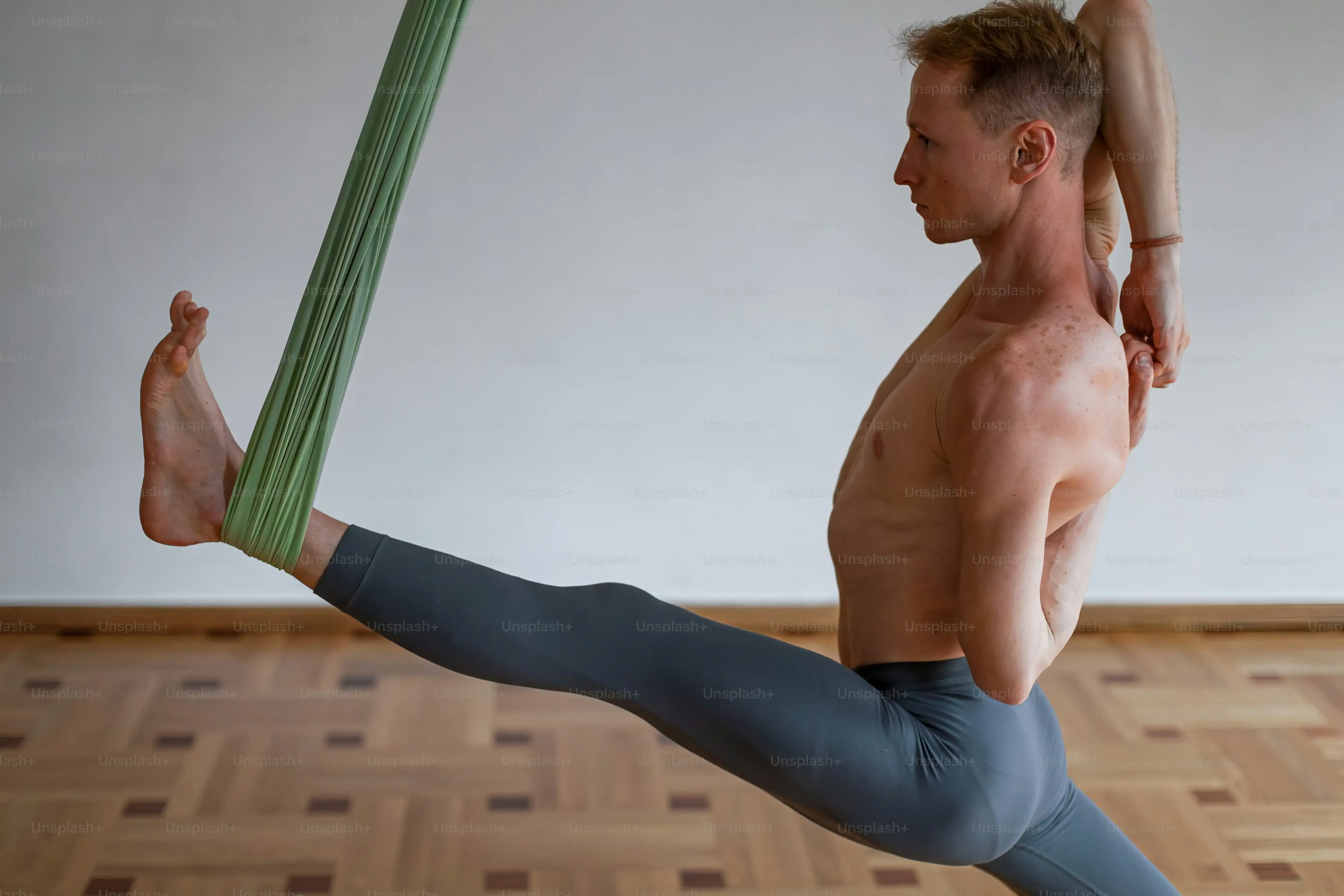Table of Contents
let's be honest. We all have that one pair of yoga pants. The ones that fit just right, feel like a second skin, and somehow make even the most awkward downward dog feel graceful. Then, disaster strikes. Maybe the dryer was too hot, maybe it's just laundry day magic gone wrong, but suddenly they feel less like comfy stretch-wear and more like sausage casing. You're left staring at them, wondering, "Did I shrink, or did *they*?" Before you toss them or resign yourself to discomfort, there's a real chance you can salvage the situation. Forget those internet myths about simply pulling hard; that's a recipe for ripped seams, not restored comfort. This isn't about wishful thinking; it's about practical methods. We're going to walk through exactly how to stretch out yoga pants that have gotten a little too cozy. We'll cover some straightforward techniques, what to absolutely avoid doing (unless you enjoy fabric tears), and when it might just be time to admit defeat and go shopping. Stick around if you want to save your favorite pair and get back to practicing in comfort, not constriction.
Why Your Yoga Pants Need a Little More Room

Why Your Yoga Pants Need a Little More Room
So, you slipped into your go-to yoga pants, expecting that familiar hug of comfortable stretch, only to find them feeling less like a second skin and more like a compression bandage you didn't ask for. What gives? Usually, it's not just one thing. Sometimes, it's the washing machine and dryer combo playing havoc with the fabric's elasticity, especially with synthetic blends. Heat is a notorious shape-shifter for these materials. Other times, it's simply the nature of wear and tear; even high-quality spandex and nylon can lose a bit of their give over time. And let's be real, our bodies aren't static. A little weight fluctuation or even just bloating can make a previously perfect pair feel suddenly snug. Understanding *why* they're tight is the first step before attempting to figure out how to stretch out yoga pants back to their happy place.
Simple Methods: How to Stretch Out Yoga Pants at Home

Simple Methods: How to Stretch Out Yoga Pants at Home
The Wet Method: A Classic Approach
Alright, so your favorite pants are feeling snug. The first, and frankly, easiest trick in the book for how to stretch out yoga pants involves water. Not boiling water, mind you, just lukewarm or cool. Fill your sink or a basin and submerge the pants completely. Let them soak for about 15-30 minutes. The water helps relax the fibers. Once they're thoroughly wet, gently wring out the excess water – don't twist them like you're trying to choke a snake, just a gentle squeeze. Then comes the stretching part. Lay them flat on a towel and start gently pulling them in the directions you need more room – usually the waist, hips, and length. Don't yank aggressively; think of it as persuading the fabric, not assaulting it. You can also put them on while damp and move around for a bit, letting your body do the work, though this isn't for the faint of heart or those in a hurry.
Air Drying is Your Friend
After the initial stretching while damp, how you dry them is crucial. Forget the dryer; that's what likely got you into this mess in the first place. Heat shrinks synthetic fibers. Instead, lay the damp pants flat on a clean towel or a mesh drying rack. As they dry, periodically go back and gently stretch them again. Focus on the areas that felt tight. This slow, air-drying process allows the fabric to hold the slightly expanded shape as it dries. Hang drying is also an option, especially for length, but laying flat gives you more control over the width and hip areas. Be patient with this; it's not an instant fix, but it's far safer than brute force.
- Soak pants in cool or lukewarm water.
- Gently wring out excess water.
- Lay flat and stretch in desired directions.
- Consider wearing them damp to stretch naturally.
- Always air dry, laying flat is often best.
- Repeat stretching during the drying process.
Conditioning for Stubborn Cases
Sometimes, plain water isn't quite enough for stubborn cases when you need to figure out how to stretch out yoga pants effectively. A little fabric conditioner or even a small amount of gentle hair conditioner can help. Add a capful to the soak water. This can help further relax the fibers, making them more pliable for stretching. Soak as before, wring gently, and then proceed with the stretching and air-drying steps. Remember, a little goes a long way; you don't want to leave a residue that makes your pants feel weird or less breathable. Rinse thoroughly if you use conditioner, then soak in plain water again before the final wring and stretch. This method is slightly more involved but can offer better results for materials that seem resistant to simple water stretching.
Stretching Yoga Pants Safely: What Not to Do

Stretching Yoga Pants Safely: What Not to Do
Avoid High Heat Like the Plague
Look, I get it. You want those pants to fit *now*. But whatever you do, resist the urge to blast them with high heat. Remember how we talked about the dryer being a likely culprit in their shrinking act? Turning up the heat, whether it's a hairdryer, an iron, or just throwing them back in the dryer on high, is only going to make things worse. Synthetic fibers like spandex and nylon, common in yoga pants, don't just shrink when heated; they can actually get damaged, losing their elasticity permanently. That perfect stretch you're trying to recover? High heat kills it. You'll end up with stiff, potentially warped fabric that feels even less comfortable than before. Think of heat as the enemy when you're trying to figure out how to stretch out yoga pants.
Brute Force is Not Your Friend
It might seem logical: pants are tight, so pull harder! This is a terrible idea. Yoga pants are designed to stretch, yes, but there's a limit. Yanking and pulling aggressively, especially when the fabric is dry, puts immense stress on the seams and the individual fibers. You're not gently persuading the material to relax; you're trying to rip it apart. This is how you end up with popped stitches, weakened elastic waistbands, or even actual tears in the fabric itself. Trust me, a giant hole in the thigh area is way less functional than a slightly snug fit. Patience and gentle, consistent pressure, especially when the fabric is damp, are the way to go. Think finesse, not force, when considering how to stretch out yoga pants without destroying them.
What to Avoid | Why It's Bad |
|---|---|
Using a hot dryer | Damages synthetic fibers, causes more shrinkage, kills elasticity. |
Ironing on high heat | Can melt or damage fabric, removes stretch. |
Aggressive pulling when dry | Stresses seams, can cause tears, weakens elastic. |
Boiling water | Too harsh, can damage fabric structure. |
When Stretching Yoga Pants Isn't Enough

When Stretching Yoga Pants Isn't Enough
Recognizing When It's a Lost Cause
you've tried the wet method, you've done the damp-wear dance around your living room, you've even whispered sweet nothings to the fabric while it air dries. And still, those pants feel like they're actively trying to cut off circulation. At some point, you have to face facts: not every pair is salvageable. If the fabric feels brittle, if the seams are already strained before you even start pulling, or if the material simply lacks that inherent "snap back" quality, no amount of stretching will bring them back to their former glory. Sometimes, the fibers are just too damaged from heat or wear. It's like trying to teach a cat to fetch; some things just aren't going to happen, no matter how much effort you put in. Knowing when to quit is part of the game, especially when you're trying to figure out how to stretch out yoga pants that are truly beyond repair.
How can you tell if you're pouring effort into a sartorial black hole? Look closely at the fabric texture. Does it seem thinner in spots? Are there little white lines appearing when you stretch it slightly (that's spandex giving up the ghost)? Is the waistband elastic feeling more like a sad string than a supportive band? These are red flags. Continuing to stretch a garment in this condition often just accelerates its demise, turning a slightly-too-snug pair into a ripped-at-the-crotch disaster. Trust your gut, and the feel of the fabric. If it resists even gentle persuasion after a damp soak, it's probably telling you something important.
Moving On: Alternatives to Stretching
So, the stretching didn't work. Or maybe you looked at the pants and thought, "Yeah, this isn't worth my time." That's a valid conclusion. When stretching yoga pants isn't the answer, you have options beyond just sadly discarding them. Could they be repurposed? Maybe the legs are too tight, but the fabric is still decent for cutting into headbands or scrunchies. If the only real issue is the waistband, perhaps a skilled seamstress (or a brave DIY attempt) could replace the elastic. It sounds drastic, but sometimes surgery is required when physical therapy fails.
Or, and this is the option most of us eventually land on, it might be time for a new pair. Think of it less as a failure and more as an opportunity. An opportunity to find an even *better* pair, maybe one made from a more resilient fabric blend or a different cut that suits you better now. Shopping doesn't have to be a defeat; it can be a strategic victory in the ongoing war for comfortable, functional activewear. Just promise yourself you'll air dry the next pair.
Signs Your Yoga Pants Might Not Stretch
- Fabric feels thin or brittle.
- White lines appear when stretching.
- Seams look visibly stressed or pulling apart.
- The fabric lacks natural elasticity or 'snap back'.
- Previous stretching attempts made things worse.
Reclaiming Your Comfort Zone (Or Not)
So, we've explored the various ways you can attempt to coax your yoga pants back into a wearable state. From damp stretching to targeted pulling on seams, the goal is to gently persuade those fibers to loosen up a bit. Remember, patience is key, and forcing it rarely ends well for the fabric. Sometimes, these methods work like a charm, giving your beloved pants a second life. Other times, despite your best efforts, those fibers simply refuse to yield, or the stretching is minimal and temporary. It's not a guarantee, just a set of strategies to try before you declare them a lost cause. If the stretch doesn't stick, or you hear ominous popping sounds, it might be time to accept that some battles aren't won and start browsing for a replacement pair that fits comfortably from the start. At least now you know you gave it a solid try.
